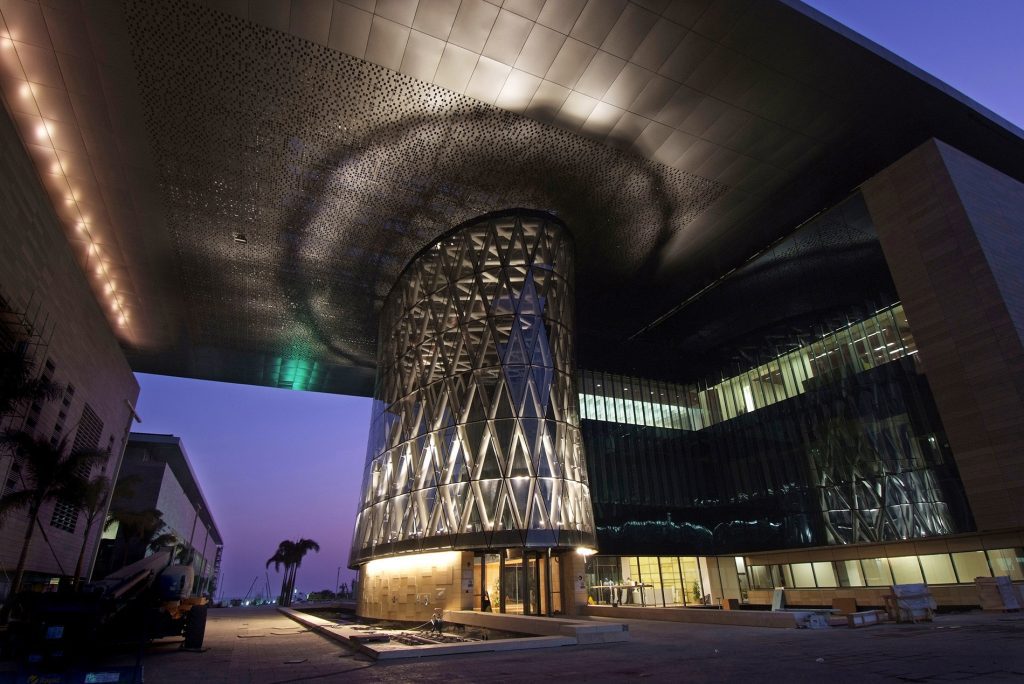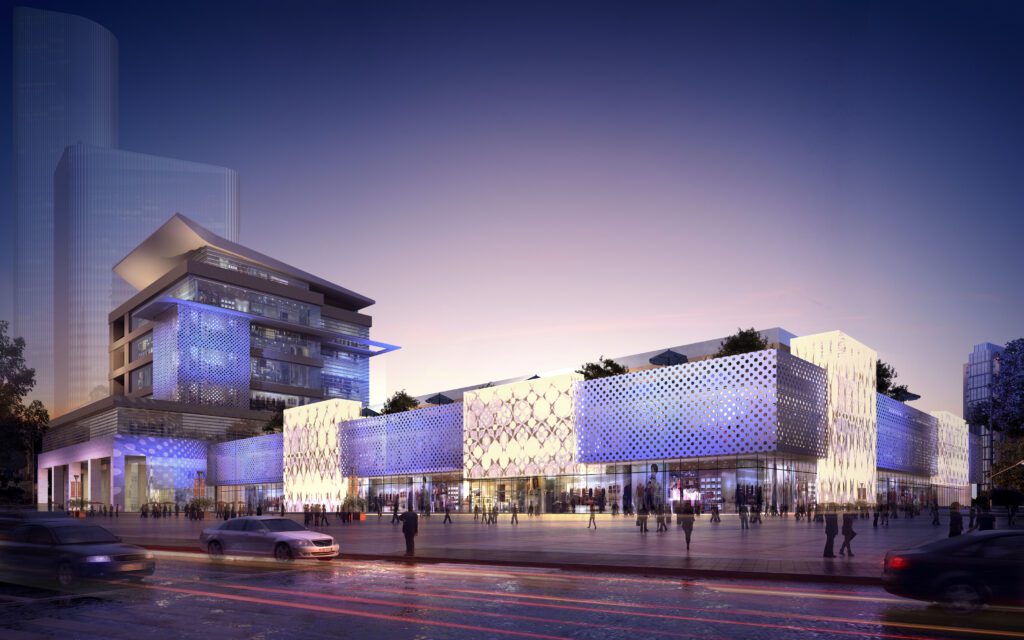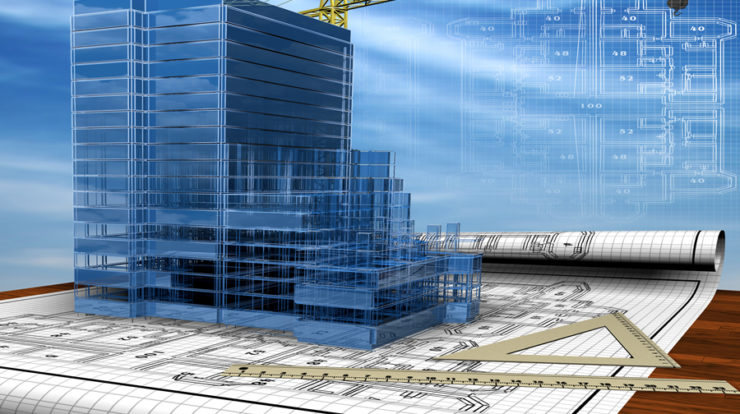Exploring the Principles and Benefits of Environmentally-Friendly Building Design
Exploring the Principles and Benefits of Environmentally-Friendly Building Design
The goal of sustainable architecture, commonly referred to as green architecture or eco-friendly architecture, is to minimise the negative effects of buildings on the environment while maximising their energy efficiency and overall sustainability. Using sustainable design principles, architects and builders may construct buildings that encourage resource efficiency, lessen waste, and give occupants healthier and more comfortable environments. With a focus on examples from Saudi Arabia, we will examine the fundamentals of sustainable design and go through all of its advantages in this blog post.
Design Principles of Sustainable Architecture
A set of principles that direct the design and construction process are followed in sustainable architecture. With the help of these guidelines, buildings should have less of an impact on the environment, use less energy, and produce healthy and cosy environments for both living and working.
Energy Efficiency
Architects in Saudi Arabia, a nation with lots of sunlight, have embraced solar energy as the main source for environmentally friendly construction. An good illustration is the King Abdullah University of Science and Technology (KAUST) in Thuwal. Solar panels, blinds, and high-performance glass are used on campus to maximise natural lighting and lessen the demand for artificial lighting and cooling systems. By utilising solar energy, KAUST drastically lowers its energy usage and carbon footprint.


Water Conservation
Saudi Arabia faces a serious water shortage problem, and sustainable architecture is essential to finding solutions. Innovative water conservation techniques are demonstrated at Riyadh’s King Abdullah Financial District (KAFD). To lessen its dependency on potable water supplies, the district uses cutting-edge water management techniques like rainwater gathering and greywater recycling. These programmes reduce water waste and encourage wise water usage, enhancing the district’s overall sustainability.
Material Selection
Green architecture’s core tenet is the use of locally and sustainably sourced materials. This idea is demonstrated by the King Fahd University of Petroleum and Minerals (KFUPM) campus in Dhahran, which was constructed using conventional building materials like gypsum and adobe bricks. These materials are easily accessible in the area, have little embodied energy, and are quite tough. KFUPM illustrates the cultural and environmental relevance of sustainable design in Saudi Arabia by merging conventional building methods and materials.
Site Selection and Planning
Site selection and planning are essential for sustainable design in arid climates like Saudi Arabia. This idea is demonstrated through the King Abdulaziz Centre for World Culture (Ithra) in Dhahran. Prevailing breezes are used in the center’s architecture to improve natural ventilation and lessen the demand for artificial cooling. Additionally, drought-resistant native plants are incorporated into the surrounding landscaping to save water and protect the ecology. Ithra’s careful site planning exemplifies sustainable architecture that honours the local ecosystem and climate.

Indoor Environmental Quality
In sustainable architecture, creating wholesome and welcoming indoor spaces is a top responsibility. By incorporating natural light, views of the outdoors, and effective ventilation systems, Jeddah’s King Abdulaziz University Hospital (KAUH) places a high priority on interior environmental quality. Large windows, light shelves, and shading elements are used in the design to maximise natural light while minimising heat gain. Furthermore, cutting-edge air filtration systems guarantee excellent indoor air quality for clients and employees, supporting their wellbeing.
Environmental Impact Reduction
Saudi Arabian buildings adopt sustainable design concepts to cut down on greenhouse gas emissions and resource depletion. Climate change, the preservation of natural resources, and environmental protection are all aided by the adoption of energy-efficient technologies, renewable energy sources, and appropriate water management.
Energy and Cost Savings
In Saudi Arabia, sustainable buildings result in significant energy savings, which lower operating costs for building owners and tenants. Sustainable buildings are more favourable economically because they incorporate solar panels, energy-efficient lighting, insulation, and smart building systems, which minimise energy usage and utility costs.
Enhanced Quality of Life
Sustainable architecture enhances tenants’ comfort and well-being. Green buildings foster healthier and more productive environments by supplying natural light, improved indoor air quality, and thermal comfort. Residents, students, staff members, and patients benefit from these areas in terms of their physical and emotional health.
Resilience to Climate Change
Sustainable architecture is essential for boosting a community’s and a building’s resistance to the effects of climate change. Sustainable design methods can lessen the effects of Saudi Arabia’s frequent sandstorms and high heat. As an illustration, the Princess Nourah bint Abdulrahman University (PNU) in Riyadh uses passive cooling strategies such thermal insulation, shading devices, and reflective materials to lower heat gain and enhance comfort during the hot summers. Buildings become more resilient and flexible in the face of shifting climatic circumstances thanks to these modifications.
Preservation of Cultural Heritage
Saudi Arabia’s example of sustainable architecture demonstrates how green design ideas may be effectively incorporated into pleasant, resource-conserving, and energy-efficient structures. Saudi Arabia shows its dedication to sustainable development and the advantages of sustainable design for the environment, economy, quality of life, and cultural preservation through projects like KAUST, KAFD, KFUPM, Ithra, KAUH, PNU, and Diriyah. Saudi Arabia and other countries can take steps towards a greener, more sustainable future for future generations by embracing sustainable architecture.
Conclusion
Saudi Arabia’s example of sustainable architecture demonstrates how green design ideas may be effectively incorporated into pleasant, resource-conserving, and energy-efficient structures. Saudi Arabia shows its dedication to sustainable development and the advantages of sustainable design for the environment, economy, quality of life, and cultural preservation through projects like KAUST, KAFD, KFUPM, Ithra, KAUH, PNU, and Diriyah. Saudi Arabia and other countries can take steps towards a greener, more sustainable future for future generations by embracing sustainable architecture.



